Ramp Test vs Pendulum
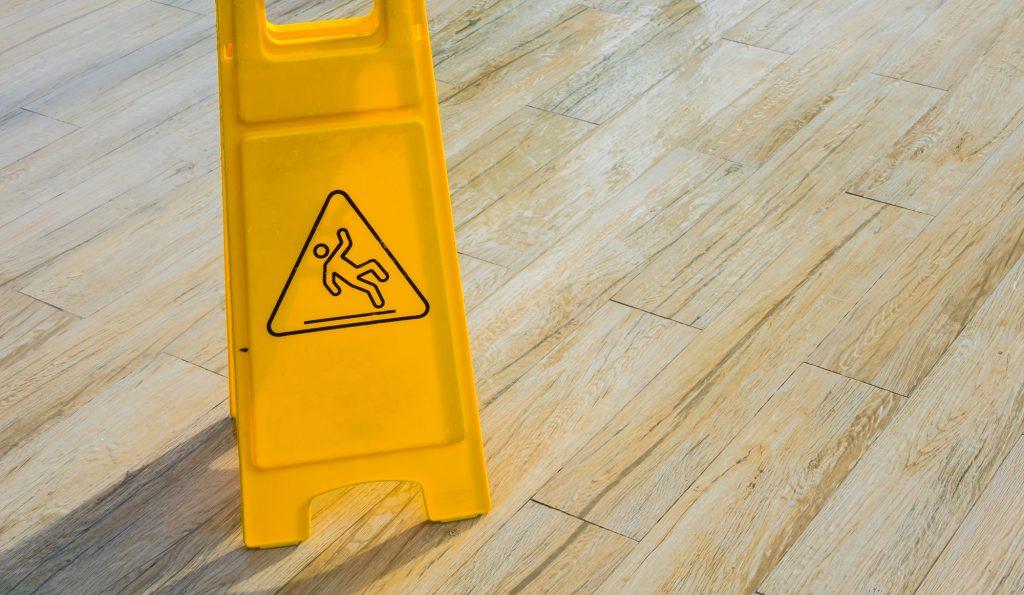
It is not uncommon to find slip ratings on flooring products such as tiles and laminate. These are usually represented as R-values or Pendulum Test Values (PTV). Whilst many flooring professionals rely on R-values or PTV as a measure of slip resistance, these are commonly misunderstood. Following guidance by the Health & Safety Executive (HSE) and […]
Farming and Pollution

The rise of large-scale factory farms in recent years has raised questions about their impact on surrounding areas. What pollutants are they putting into the air? Researchers from the Earth Institute at Columbia University found that where farm emissions combine with industrial waste and vehicle pollution this leads to the creation of harmful aerosols. Particulate […]
Climate Variability

Countries across the globe have experienced severe weather changes throughout the past few months. The UK was affected by an extreme heatwave last week, with temperatures rising to a scorching 34 degrees Celsius. This prompted the government to issue a level three amber heat alert and place emergency services on standby. Meanwhile, 4,255 miles away […]
A Brief History of Munro
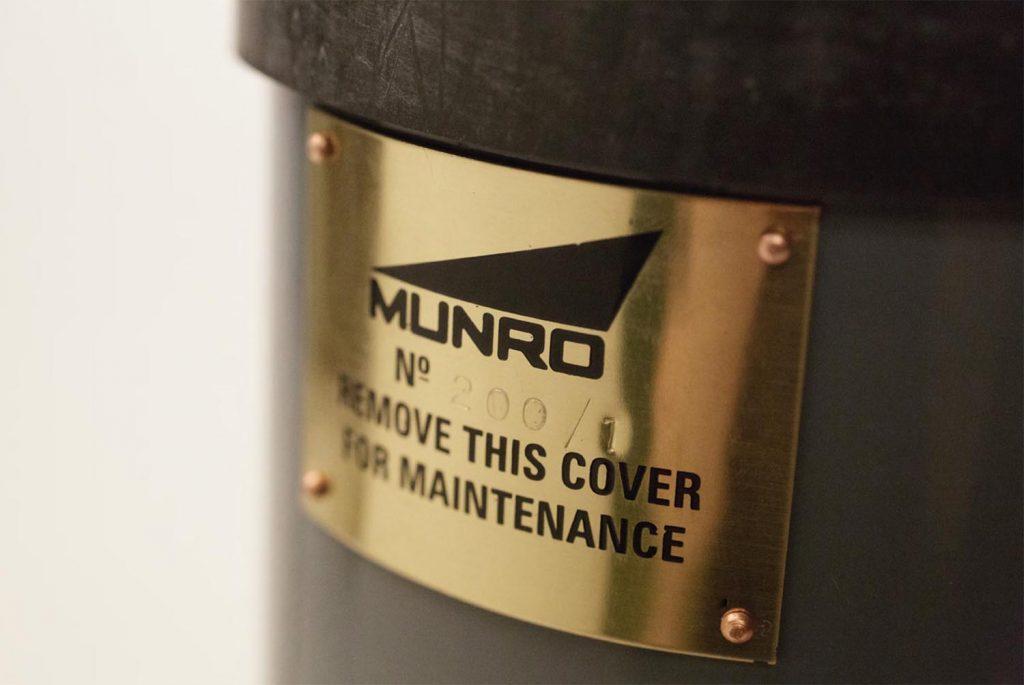
Munro Instruments was founded in 1864 by Robert William Munro (1839-1912). The company quickly established itself as a world-leading developer and manufacturer of meteorological equipment. R.W. Munro became particularly well known for his work on anemometers. After the Tay Bridge disaster in 1879, when a rail bridge collapsed during a violent storm, government authorities realised it was important […]
IM159 Anemometer
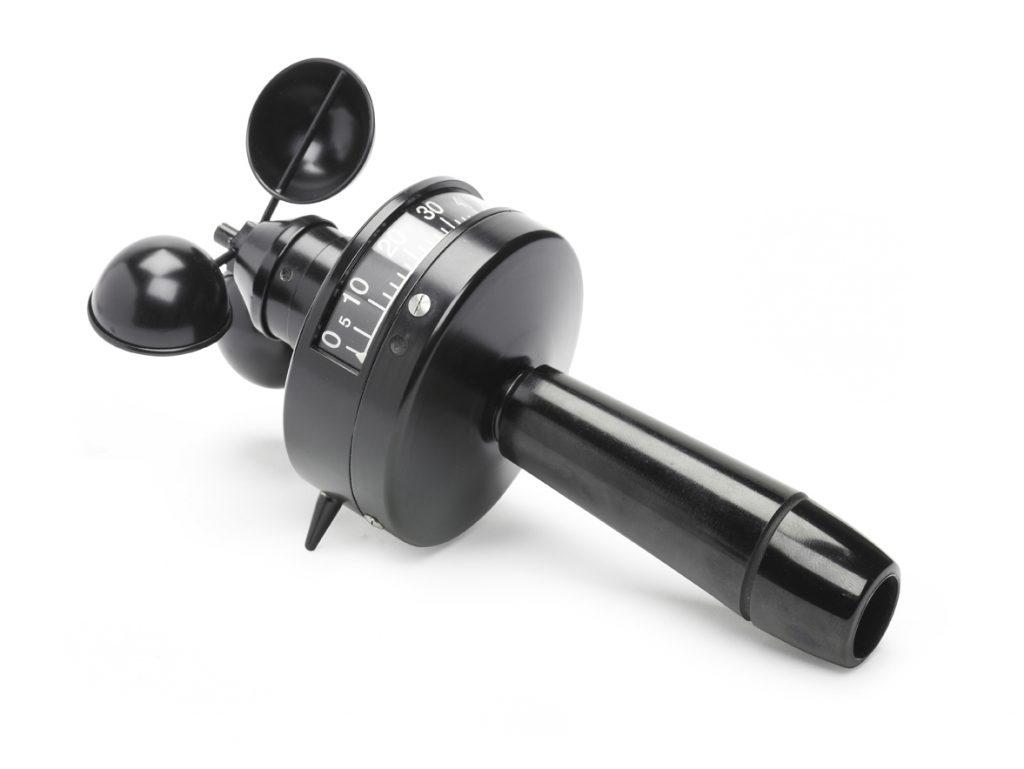
The IM159 is a precision-built handheld anemometer made from non-ferrous metal. Wind speed readings are shown on an analogue scale calibrated in knots, metres per second or miles per hour. We use a wind tunnel to calibrate the device and can issue a certificate of conformity. The IM159 Handheld Anemometer is a mechanical instrument and requires no battery or form […]
NO₂ in London

London has some of the highest levels of street pollution in the world. Oxford Street, a busy shopping zone, is one of London’s worst affected areas, with high concentrations of nitrogen dioxide (NO2) recorded. This pollutant is produced when fossil fuels are burned. Oxford Street is particularly badly affected owing to the volume of traffic on […]
Introduction to Air Sampling
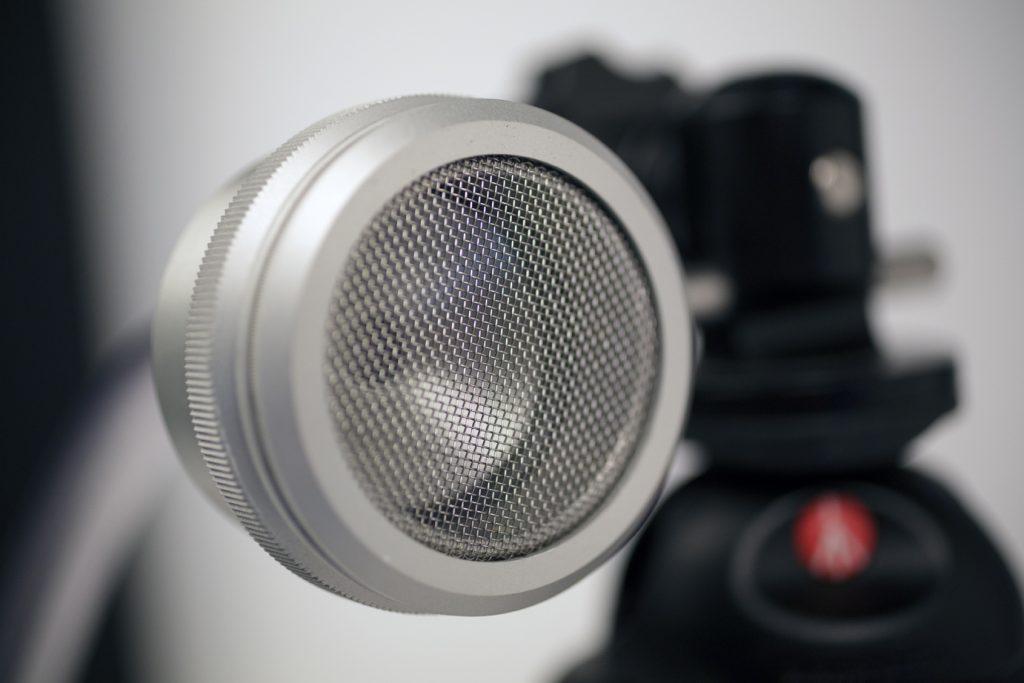
Air Sampling involves drawing a known volume of air through a filter, trapping the contaminants and measuring the amount of contaminant captured. Introduction to Air Sampling The results are usually expressed as a concentration, calculated by dividing the volume of air by the amount of contaminant captured. To calculate the volume of air, you multiply the […]
Pendulum Accessories Kit
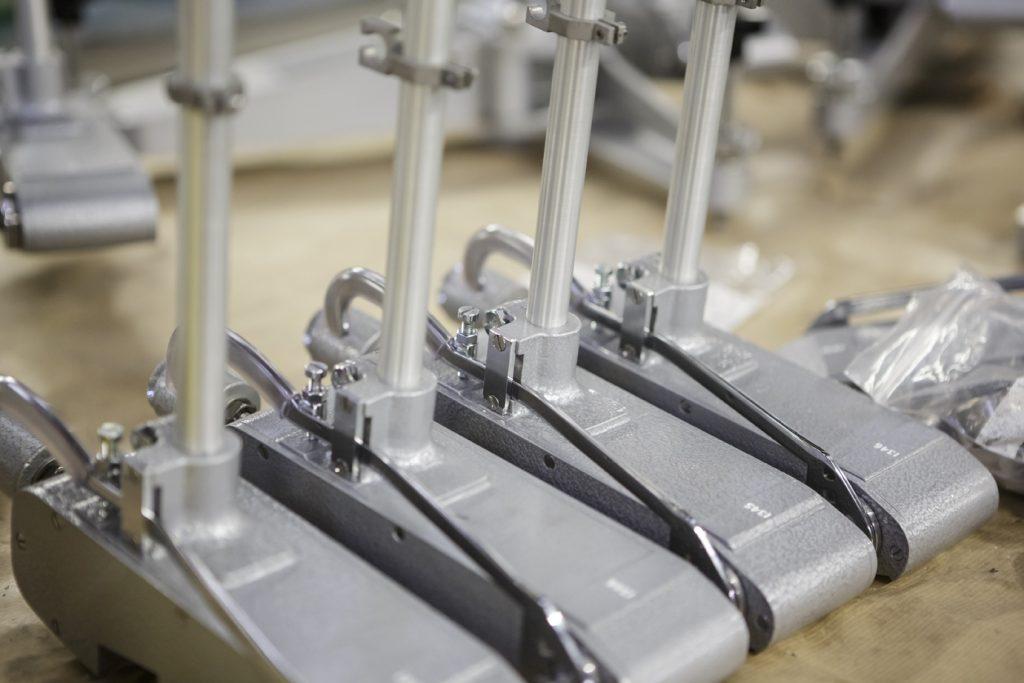
The Munro Stanley Pendulum Tester is built to last. Providing the instrument is regularly serviced and calibrated, it is capable of providing several decades of service with no deterioration in the quality of the results. As with all precision instruments, it is important that the Pendulum Tester is carefully prepped prior to use. Failure to […]
Airport Observation

Even though modern aircraft are built to withstand extreme weather, it is still important to monitor and forecast the weather in airfields and airports. The weather has a significant effect on their operation during taxiing, take-off and landing, and impacts the safety of all those on board. Wind condition at airports At ground level, wind […]
Safety in the Workplace
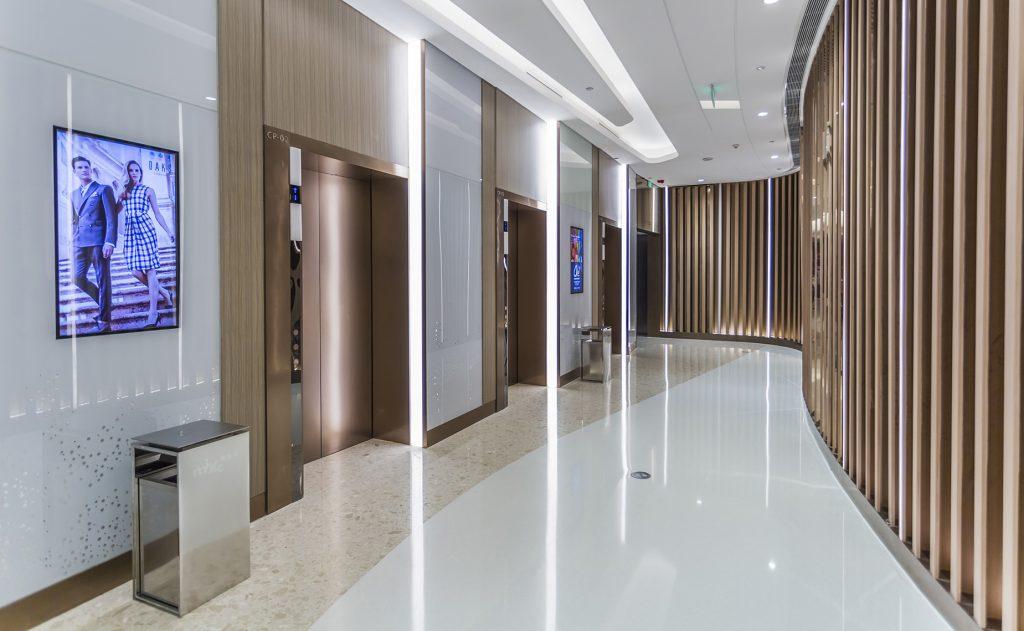
Employers are responsible for the health-and-safety rights of their employees. This is enforceable in the UK under the Health and Safety at Work Act 1974. Companies who fail to comply are at risk of legal action, fines, payouts, raised insurance premiums and, in the most serious cases, imprisonment. Make sure you take health and safety seriously. Keep you […]



